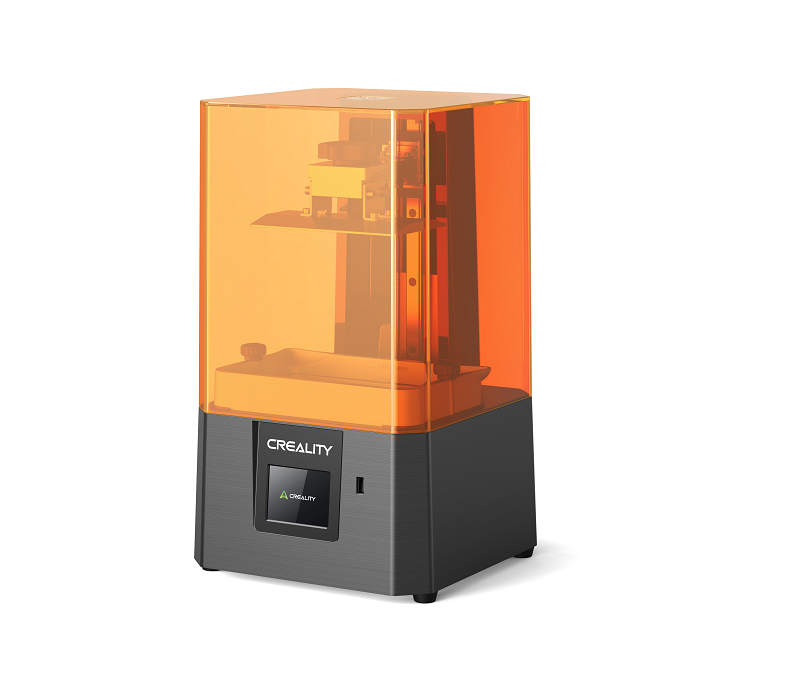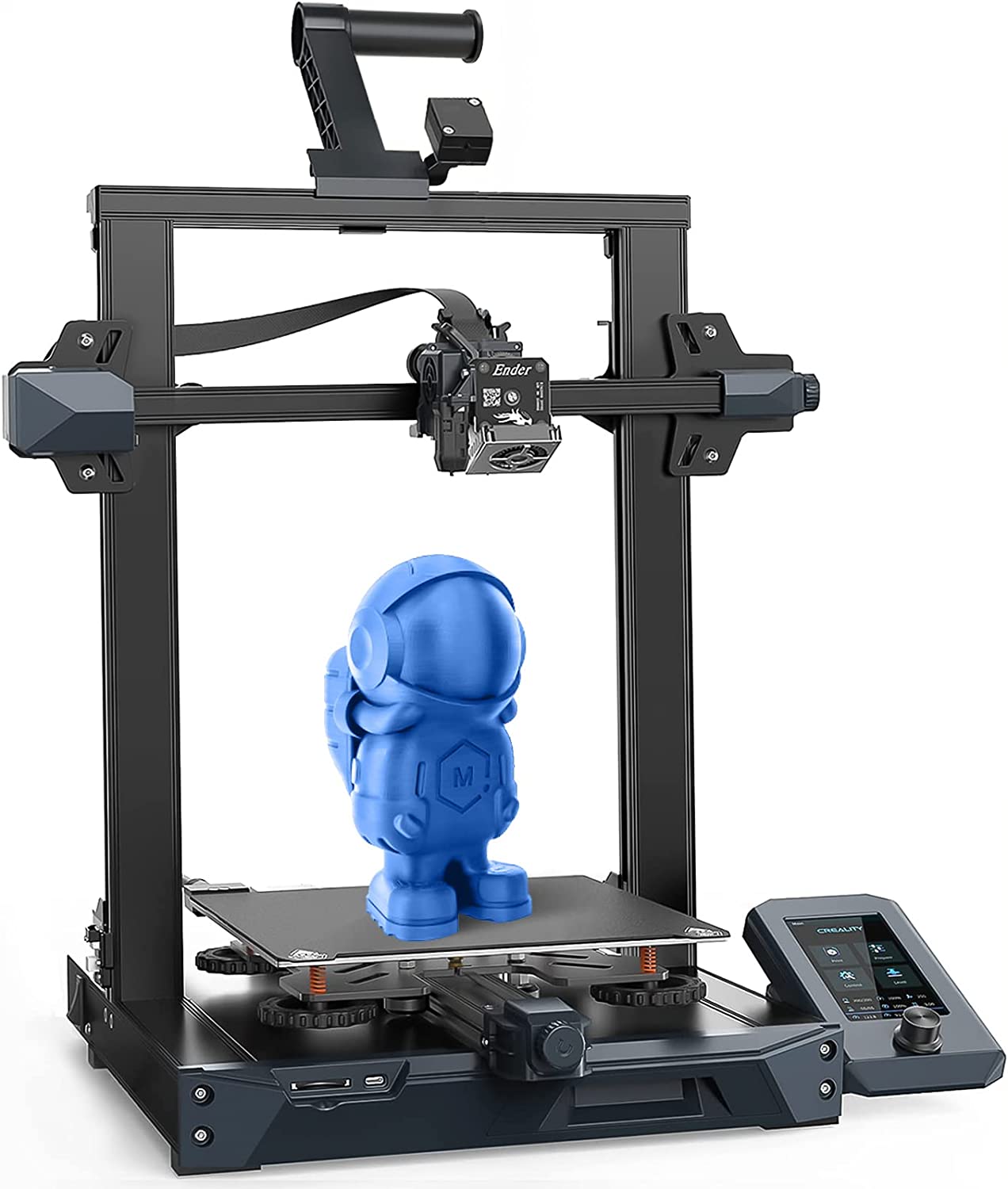Compare Halot R6 vs Ender 3 S1
Comparison between the best 3D printers
Choose the best 3D printer at the best price. The cheapest 3D printers are here.
Buy a 3D printer here with 3D Fila.
 |
 |
|
| Model | Halot R6[BUY Halot R6] |
Ender 3 S1[BUY Ender 3 S1] |
| Printing Material | Resin | Filament |
| Buy Resin for Creality Halot R6 | Buy Filament forCreality 3D Ender 3 S1 | |
| Estimated price | $129,00 | $399,00 |
| Manufacturer | Creality | Creality 3D |
| Release Year | 2024 | 2021 |
| Print Volume [mm] | 130x82x160 | 220x220x270 |
| Printer Size [mm] | 235x230x395 | 455x490x625 |
| Weight [kg] | 5,8 | 9,1 |
| Power Loss Recovery | NO | YES |
| Maximum Resolution [mm] | 0,01 | 0,05 |
| Processor | ||
| Display | Touchscreen 2,8'' | Display 4,3'' |
| Power Supply | 42W | |
| Connectivity | USB drive, WiFi | SD / USB |
| Operating systems | Windows, Mac | Windows, Mac, Linux |
| Date of registration in the system | 2024-12-05 | 2023-03-28 |
| Release date | 2024 | 2021 |
| Extra features | The Creality Halot R6 offers high precision with a layer height of 0.01-0.2 mm, a printing speed of 60 mm/h, and an integral light source with over 90% uniformity. Compact and lightweight, it features a 6.08" monochrome LCD for faster curing and extended durability. Includes Wi-Fi connectivity via Creality Cloud, an intuitive touchscreen interface, and supports remote monitoring and timelapse recording with a USB camera. Ideal for beginners, its robust and user-friendly. | The Creality Ender 3 S1 printer stands out for its easy assembly and quiet operation. It has automatic bed leveling and a direct drive system, providing high-quality prints. The design is sleek, with flat cables in mesh sleeves and a magnetic bed. The Creality Sprite extruder is lightweight and developed in-house, supporting a maximum nozzle temperature of 260 degrees. It includes a filament run-out sensor and power loss recovery, with a dual Z-axis for greater support and stability. The build plate is flexible steel with PC coating, and the printer supports a wide variety of filaments. |
| Support for multiple colors and materials (AMS and CFS) | NO | NO |
Notes * |
||
| Cost-benefit | 9 / 10 | 7 / 10 |
| Hardware | 9 / 10 | 2.4 / 10 |
| Tela | . | . |
| Print volume | 3 / 10 | 3 / 10 |
| Performance | 9 / 10 | 1 / 10 |
| [BUY Halot R6] | [BUY Ender 3 S1] |
Conclusion |
| In comparing the Halot R6 and the Ender 3 S1, we observe distinct strengths and weaknesses that cater to different user needs and preferences. The Halot R6 emerges as a compact and affordable resin printer, boasting impressive precision with a maximum resolution of 0.01 mm and a swift print speed. Its lightweight design, intuitive touchscreen, and features such as built-in Wi-Fi connectivity and remote monitoring make it particularly appealing for beginners exploring high-quality resin printing. While it has a smaller print volume and lacks power loss recovery, its cost-effectiveness and robust user interface contribute positively to its overall value proposition. Conversely, the Ender 3 S1 is a more extensive and sophisticated machine with a larger print volume and a solid build quality, known for its ease of assembly and reliability. With features like automatic bed leveling, a direct drive extruder, and power loss recovery, it presents itself as a more versatile option for users looking to engage in various filament types and more demanding projects. However, its higher price may deter budget-conscious users. In conclusion, the Halot R6 is ideal for those prioritizing precision and affordability in a compact model, making it suitable for smaller projects or users just starting out in 3D printing. Meanwhile, the Ender 3 S1 is better suited for those willing to invest more for a larger, feature-rich printer capable of handling diverse materials and more extensive projects. The choice between the two ultimately hinges on individual needs, budget considerations, and printing goals. |

